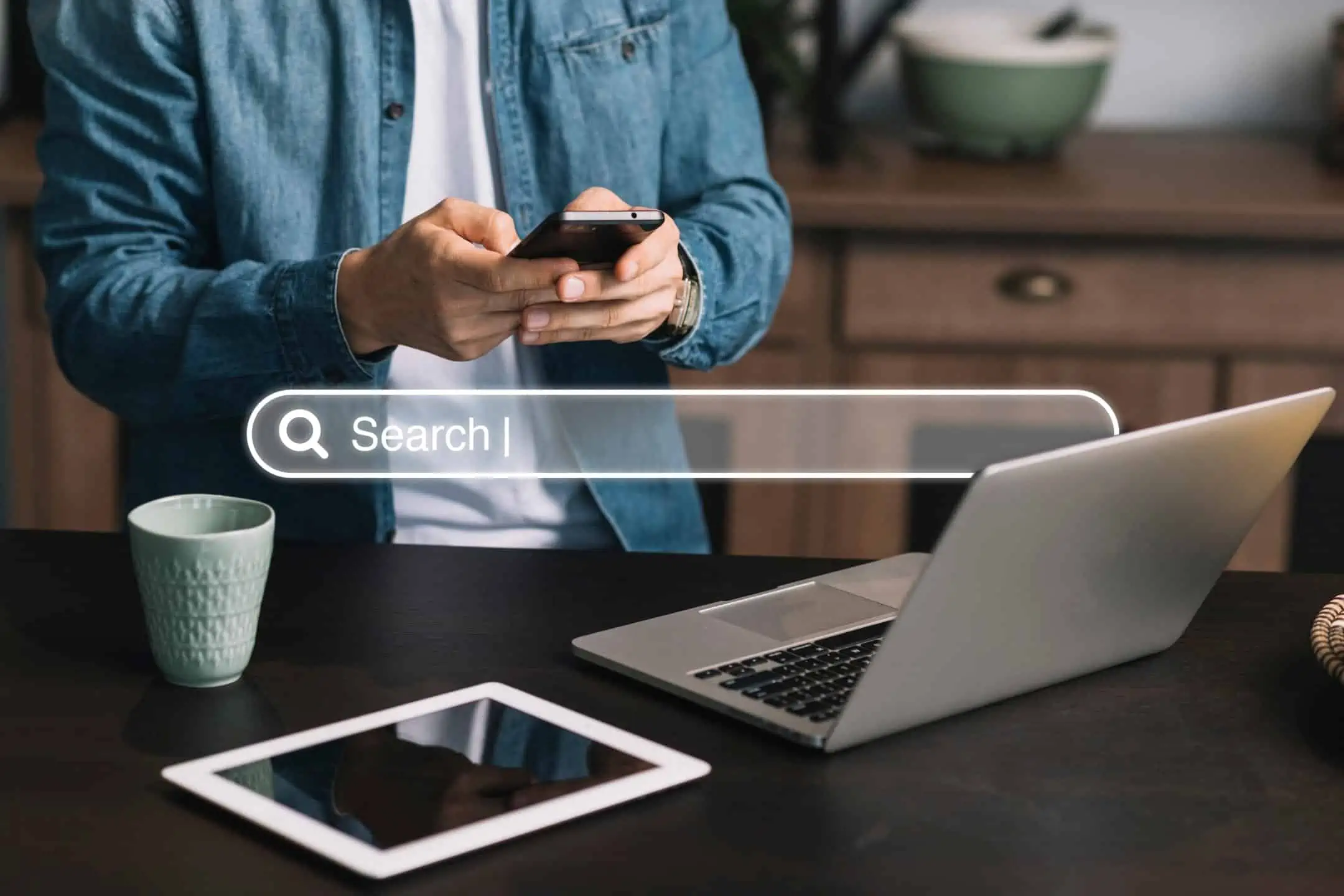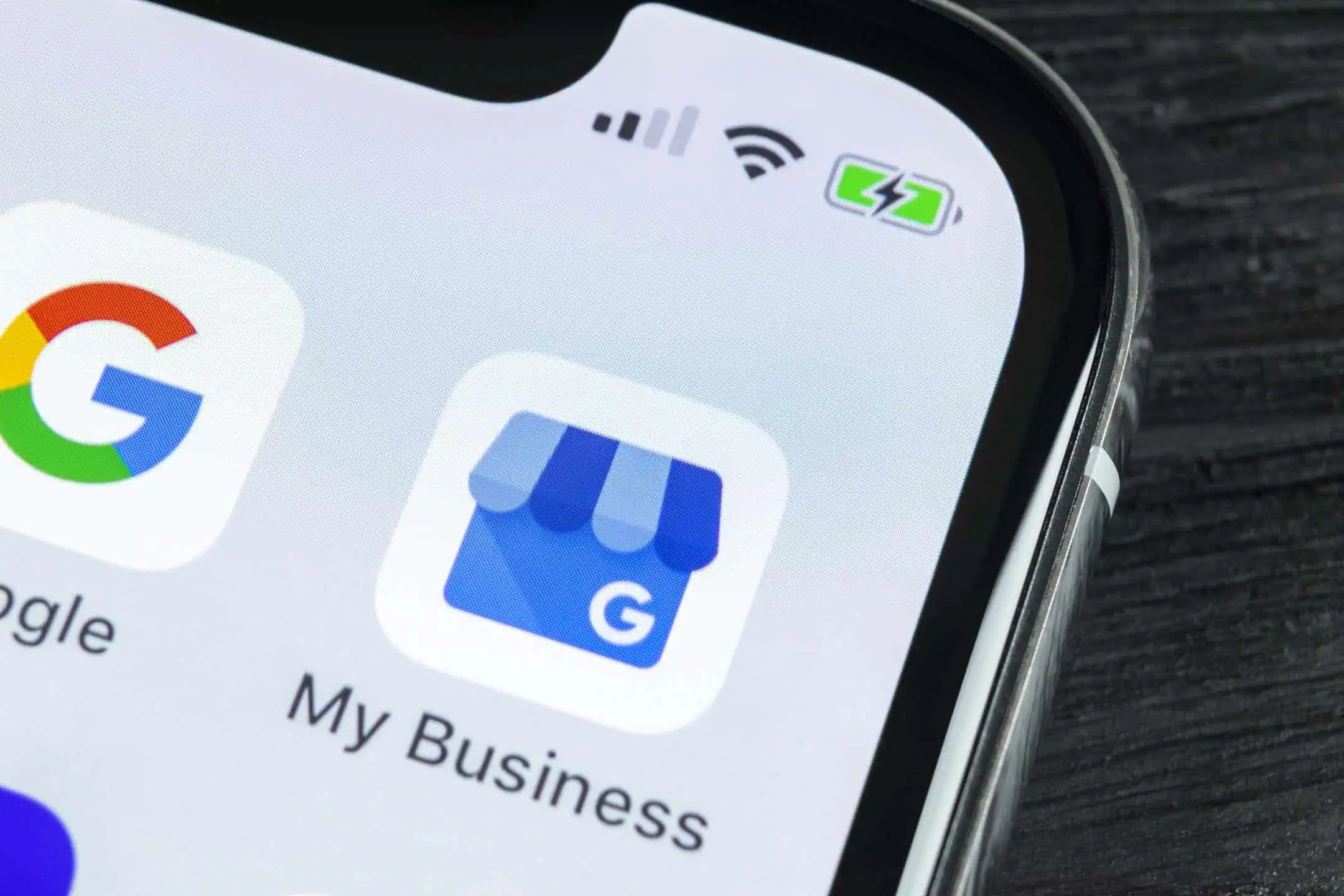Let’s keep it simple. The first thing you should do is type your service or product into Google and see what shows up. If it is your competitors and not you, that is a signal. No drama, just data from the real world.
Your website is not a digital brochure. It is a sales floor, a reception desk and a trust builder all in one. When it works, it feeds your pipeline. When it does not, it quietly leaks leads and sales every day. Too many owners assume the site is “fine” because it exists. Meanwhile, customers bounce to someone else who is easier to find, faster to load and clearer to understand.
This article is not a tech lecture. It is a straight checklist in human language. I will show you the simple signals that your website is turning people away and what to do next. If you fix even two or three of these, you will feel it in enquiries, bookings and revenue.
The First Impression Problem: Is Your Website Turning People Away at the Door?
Online, first impressions are brutal. You get seconds, not minutes. Imagine your website is a shop. The door sticks. The sign is faded. The window is cluttered with old posters. Are you walking in or walking on? That is what an outdated website tells a customer: this place is not for you.
Here are the signs. Your homepage looks like it was built for a desktop from 2012. The images are grainy. There are five different fonts wrestling for attention. It is not about fancy design. It is about clarity and credibility. Clean layout. Honest photos. Simple headings that say what you do and for whom.
Design trends have moved on because customer expectations have moved on. Less noise. More white space. Short, sharp copy. Think of it like a tidy shop with good lighting and a friendly hello. You do not need to be flashy. You need to be easy to trust. If the first screen does not answer three questions fast — what you do, who it is for, how to take the next step — you are burning attention you will not get back.
Quick test: show your homepage to someone who does not know your business. Give them five seconds. Ask them what you sell and how to buy it. If they hesitate, your design and messaging need work.
When Slow Loading Times Drive Impatience
People are impatient. You are impatient. I am impatient. If a page drags its feet, we leave. It is not personal, it is human. Speed is a customer experience issue that shows up on your P&L.
You do not need a stopwatch to spot a slow site. Tap your URL on your phone with mobile data. Count out loud. If you reach three and you are still waiting, that feels slow to a customer. If images crawl into place or buttons lag, that is friction. Friction kills action.
What happens next is simple. People click back, which means fewer enquiries and fewer sales. That is your bounce rate in plain English. Do you feel the emotion when you wait for a page? Annoyance, doubt, a little distrust. That is what your buyer feels. They might not tell you. They just go.
Quick test: try your three most important pages at a busy time of day. If they hesitate, trim the weight. Fewer oversized images. Fewer auto-playing videos. Keep it lean so customers get what they came for without waiting.
When Your Site Does Not Work on Phones
Most people are browsing on their phone. If your site makes them pinch, zoom and squint, that is not a website problem. That is a revenue problem.
Signs your site is not friendly on mobile are easy to spot without any jargon. Buttons that are too small for thumbs. Text that wraps weirdly. Pop-ups that block the screen and will not close. Forms that ask for your life story on a tiny keyboard. If any of that sounds familiar, you are asking people to work too hard.
Experience your site like your customers do. Sit on a sofa with your phone. Try to find your top product or service. Try to book a call or buy. If it takes more than a few taps, you have found the holes where customers are falling out. Fix the journey one step at a time. Bigger buttons. Shorter forms. Clear headings. If the mobile experience is smooth, people stick around. When they stick, they spend.
Quick test: can you complete your own main action on a phone in under 60 seconds with one hand? If not, simplify.
When People Cannot Find What They Need
If customers get lost, they leave. It is that simple. Humans expect to be guided. We look for familiar patterns like a clear menu, logical categories and a search bar that actually finds things.
The warning signs are obvious once you look. Menus with ten options. Pages buried three levels deep. Jargon that means something to your team but nothing to a buyer. Links that promise one thing and deliver something else. The more thinking you force on a customer, the less chance they will cross the line from browsing to buying.
Think of your navigation like the aisles in a shop. Snacks near the front. Essentials easy to find. Clear signs. No maze. On your site, that means a short top menu, simple labels like Services, Pricing, About, Contact and a clear path to your key action like Book a Demo or Get a Quote. The aim is not clever. The aim is obvious.
Quick test: give a friend a task like Find your pricing or Book a call and watch where they click. If they hesitate, rename, reorder or remove.
When Your Site Feels Off to Visitors
Trust is a feeling before it is a metric. People land on your site and their gut decides whether to lean in or back out. If anything feels off, they leave.
The red flags are basic but powerful. No real photos of your team or your work. No testimonials or case studies. No clear phone number or address. Out-of-date blog posts and old copyright dates. Typos. All of these chip away at confidence. Add privacy worries to the mix and you have a serious problem. If your contact forms feel sketchy or your checkout looks ancient, people will not share their details or their money.
Fixing this is not expensive. Show your face. Add a few short quotes from happy customers with names and companies. Keep your core pages fresh. Make it obvious how to get hold of you. If you respect people’s information and make them feel safe, they will give you a chance. That chance is where revenue happens.
Quick test: can a stranger find proof you deliver results in 10 seconds? If not, add it high on the page.
When People Visit But Do Not Take Action
Conversion is just a fancy word for getting people to take the next step. That could be buying, booking a call or downloading a guide that gets them into your sales flow. If plenty of people visit your site but nothing moves, the issue is usually clarity, confidence or friction.
Look at your calls to action. Are they clear, specific and visible, or are they hiding at the bottom like an afterthought? Do you tell people exactly what happens next? Book a 15 minute intro call. Get a same-day quote. Start your free trial. Clarity reduces fear. If someone has to guess, they will not click.
Think about decision making like this. People arrive with questions in their head. What do you do? Will it work for me? How much is it? What is the risk? Your job is to answer those questions fast with simple copy, honest proof and an easy path forward. When you do, more visitors turn into customers and your cost per lead drops. That is business outcome, not website trivia.
Quick test: count how many times the main action appears on your page. If it is less than three, add more. If the button says Learn more, make it say the real action.
When Customers Cannot Reach You
If people want to reach you and cannot, they will reach your competitor. It is that harsh. Communication is part of the product. When your website blocks it, you lose money.
Warning signs include buried contact details, contact forms that vanish into a black hole, live chat that is never live and phone numbers that lead to long menus or voicemail. Even worse, you make people repeat themselves on every channel. That is not service. That is friction.
Fix it by making contact dead simple. Put a phone number and email in the header or footer on every page. If you use forms, send an instant acknowledgement that sets expectations. If you promise live chat, be live or switch it off. And test it yourself. Send a message. Call the number. See what your customers see. You will be shocked how often the basics are broken.
Quick test: can a new visitor contact you in two taps from any page? If not, move your contact methods up.
Turning Website Problems into Opportunities
None of this is rocket science. It is the blocking and tackling of digital sales. If your website looks old, loads slow, frustrates on mobile, hides information, feels untrustworthy, buries the next step or makes contact hard, you are paying a tax in lost customers every single day. The upside is real. Fix these and you do not just look better. You get more enquiries, a lower cost to acquire each lead and more repeat business.
Start with the basics. Search your service in Google. See where you show up. Then run the quick tests in this article on speed, mobile, navigation, trust, conversion and contact. Pick the top three issues and fix them this month. You will see movement where it matters: calls, forms, sales. That is how you turn website problems into growth.
Final Thoughts: The Human Side of Websites
Websites are not about code. They are about people. A customer has a job to do. They are busy, sceptical and smart. Your job is to make it easy for them to say yes. That means empathy first. See your site through their eyes. Cut the fluff. Speak plainly. Show proof. Respect their time.
If you remember that your website is a living part of the business, not a one-off project, you will stay ahead. Keep it tidy, keep it fast, keep it honest and keep it focused on the action that grows your company. Do that and your website stops being a cost and starts being a compounding asset. That is the game.




